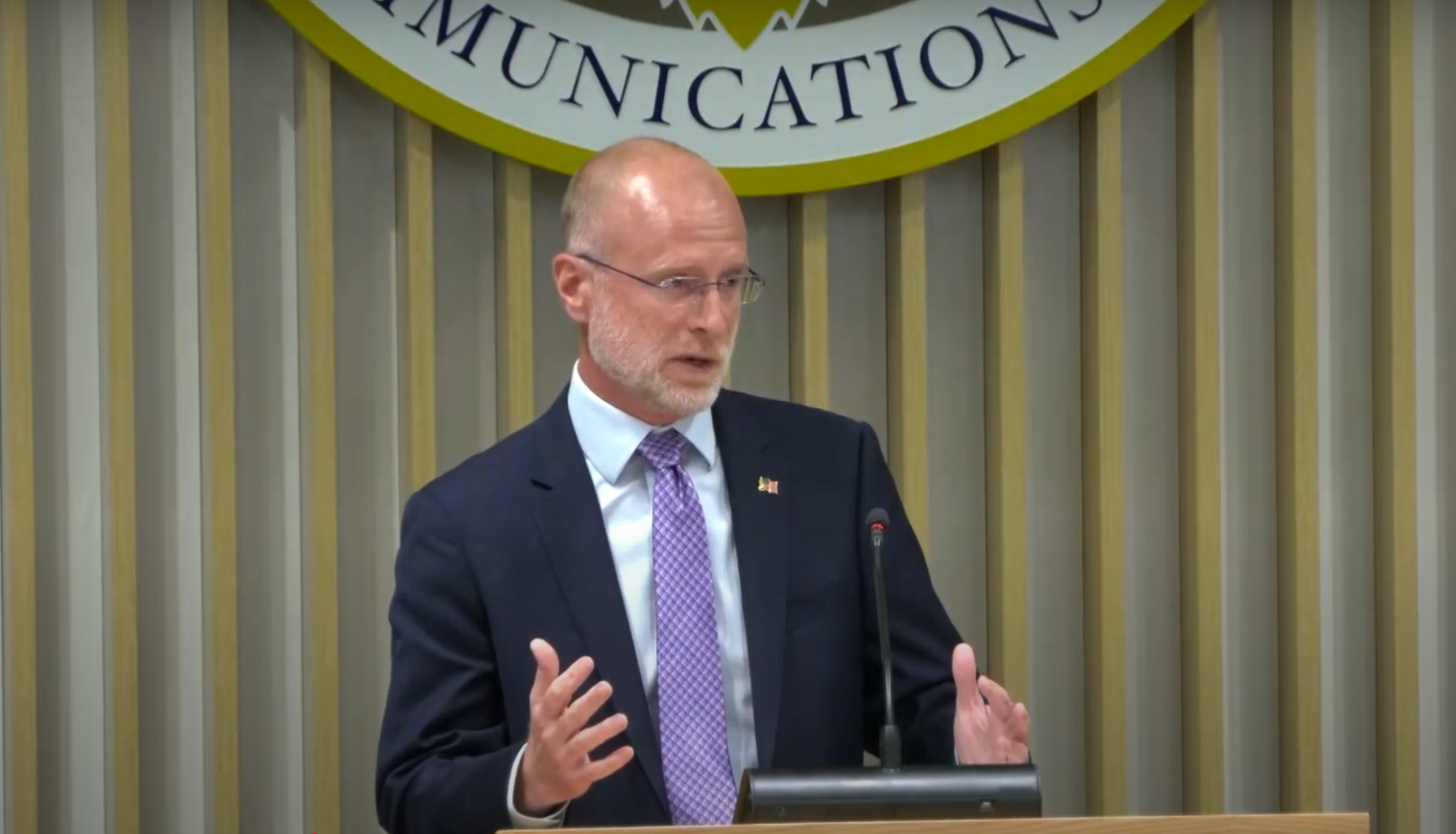What Regulatory Shifts Mean for Broadcasters' IP-First Future
Forward-thinking broadcasters now see IP-based distribution and new delivery standards as urgent business imperatives

The broadcast industry is undergoing rapid change and rising uncertainty. As regulatory debates continue, shifting audience expectations and growing demand are accelerating a long-standing move away from legacy satellite models toward smarter, IP-based distribution. With fast moving changes in both policy and business models, broadcasters must act now to prepare for a future that is IP-first.
The Decline of Satellite
Ongoing deregulatory initiatives including C-band reallocation, spectrum repacking, and the future of spectrum usage pose significant questions for satellite-reliant broadcasters. Once driven by cost and complexity concerns, many now doubt satellite’s long-term viability altogether.
With additional C-Band spectrum under review for new 5G and connectivity services, the pressure is mounting. Earlier C-band auctions squeezed spectrum capacity, and now as further reallocations loom, many broadcasters are preparing for an inevitable pivot.
As the industry moves toward the 2028 target for full ATSC 3.0 adoption, broadcasters face a critical juncture. NextGen TV promises new revenue streams and advanced capabilities, including UHD video, targeted advertising, and advanced emergency alerts.
However, deployment depends on regulatory clarity and infrastructure investment. At the same time, rising audience demand for on-demand, cross platform access is pushing legacy models to their limit. Forward-thinking broadcasters now see IP-based distribution and new delivery standards as urgent business imperatives.
Prepare for the IP Transition on Your Own Terms
With C-band capacity increasingly at risk, purpose-built IP distribution options are delivering the scalability, efficiency and satellite-grade reliability broadcasters need, along with the flexibility of IP. The majority of broadcasters are telling us they’re actively preparing for this shift to IP distribution, even if timelines vary. A successful transition doesn’t require abandoning satellite overnight.
It requires a flexible strategy that aligns with existing contracts, controls cost, and supports long-term goals. Fortunately, today’s migration paths are clearer than ever. Hybrid models and regional deployments allow broadcasters to adopt IP on their terms.
At the same time, expanding support for IP native and HLS-supported receivers enables major networks and channel owners to cost-effectively scale IP distribution, streamline group management, and unlock new markets.
As more companies prepare to embrace IP, many ask us how to make the transition easier. It starts with end-to-end project management and hands-on support. Business and operations leaders should hold prospective IP partners to the highest standard, demanding managed services that surpass what satellite and protocol only IP options provide.
This includes real-time monitoring, proactive issue resolution and responsive support. Reliability isn’t optional. Ask vendors the hard questions: How is their IP architecture built? What redundancy and failover measures are in place? Do they operate across Tier 1 data centers? Do they rely on networks and public clouds that are not built exclusively for real time video delivery and workflows? Future-ready distribution must be bulletproof, and your partner in this transition should be able prove all of this.
Growth Opportunities in FAST and NextGen TV
Shifting to IP channel distribution unlocks new audience engagement and revenue opportunities, especially in the booming FAST market, projected to hit $8B globally this year (Omdia).
Whether streaming live sports on Roku or syndicating local news digitally, single-source IP solutions make it easier and faster to deliver premium content. LTN's work with major U.S. networks powering multiple live FAST channels with real-time localized news has shown us just how effective live programming can be in driving both viewer engagement and ad revenue.
NextGen TV, now reaching 76% of US households, is redefining broadcast innovation. Early adopters are already seeing value through addressable ads, shoppable content, interactive overlays, and advanced emergency alerts.
Datacasting advancements from industry leaders like Scripps, Sinclair, Gray Media and Nexstar Media Group are unlocking new use cases, from drone navigation to loT to real-time asset tracking. As the demand for high-speed, precise data grows, broadcasters are well positioned to monetize it if their distribution tech is IP ready. These aren’t future concepts, they’re active opportunities, supported by infrastructure that exists today.
Broadcasters and sports networks like Scripps, MSG Networks, TelevisaUnivision, and the Tennis Channel are already leading the shift to IP-first distribution. As more organizations follow, it’s critical to recognize that not all IP networks are equal.
Broadcasters should prioritize purpose-built video networks designed for live premium content — not retrofitted enterprise tech, protocol-only solutions or costly public cloud options. That means, find a network that is exclusively designed for live video with a host of enrichment options in real-time. Now is the time to assess your infrastructure, accelerate transition plans and choose partners built for this moment. The leaders embracing IP today are already securing audience loyalty and long-term revenue.
The professional video industry's #1 source for news, trends and product and tech information. Sign up below.

Rick Young is SVP, Head of Global Products for LTN Global
